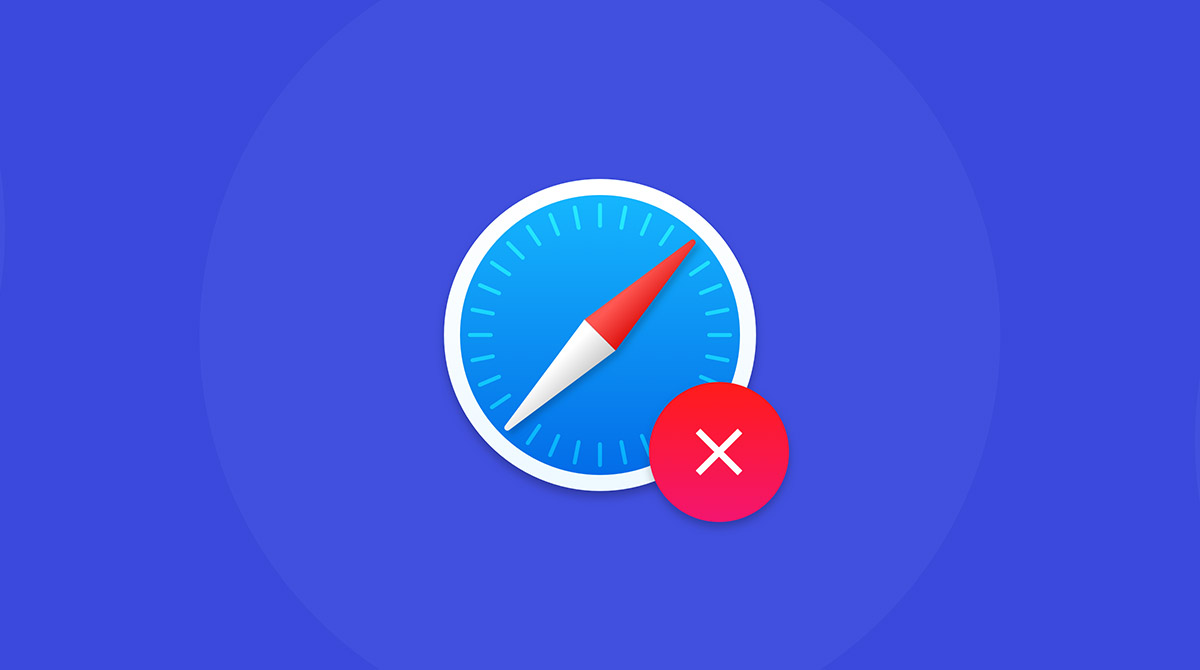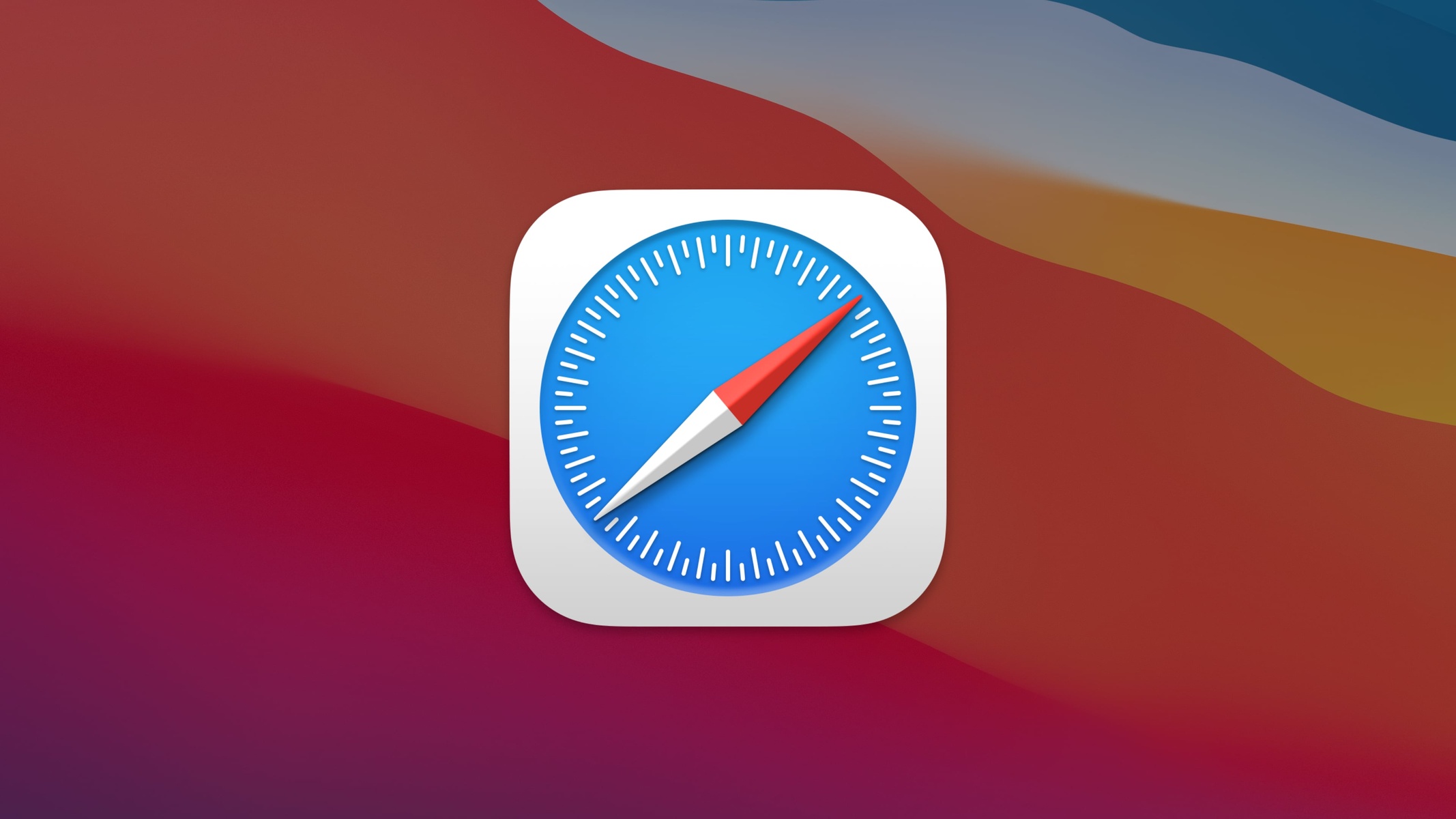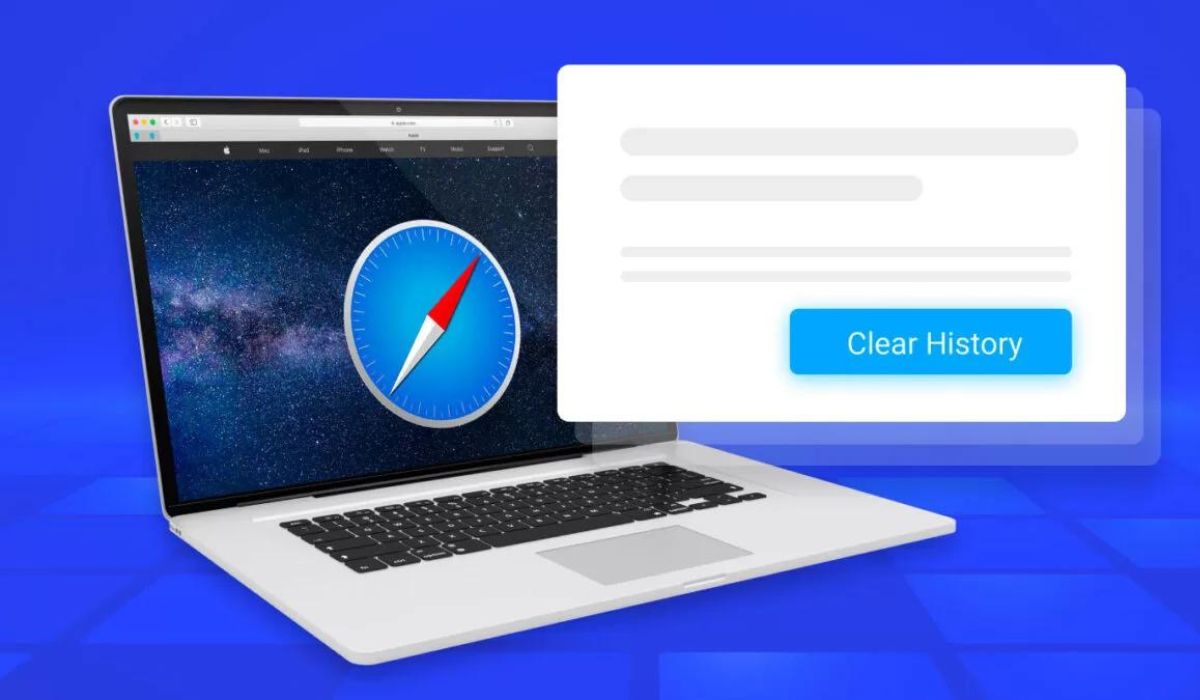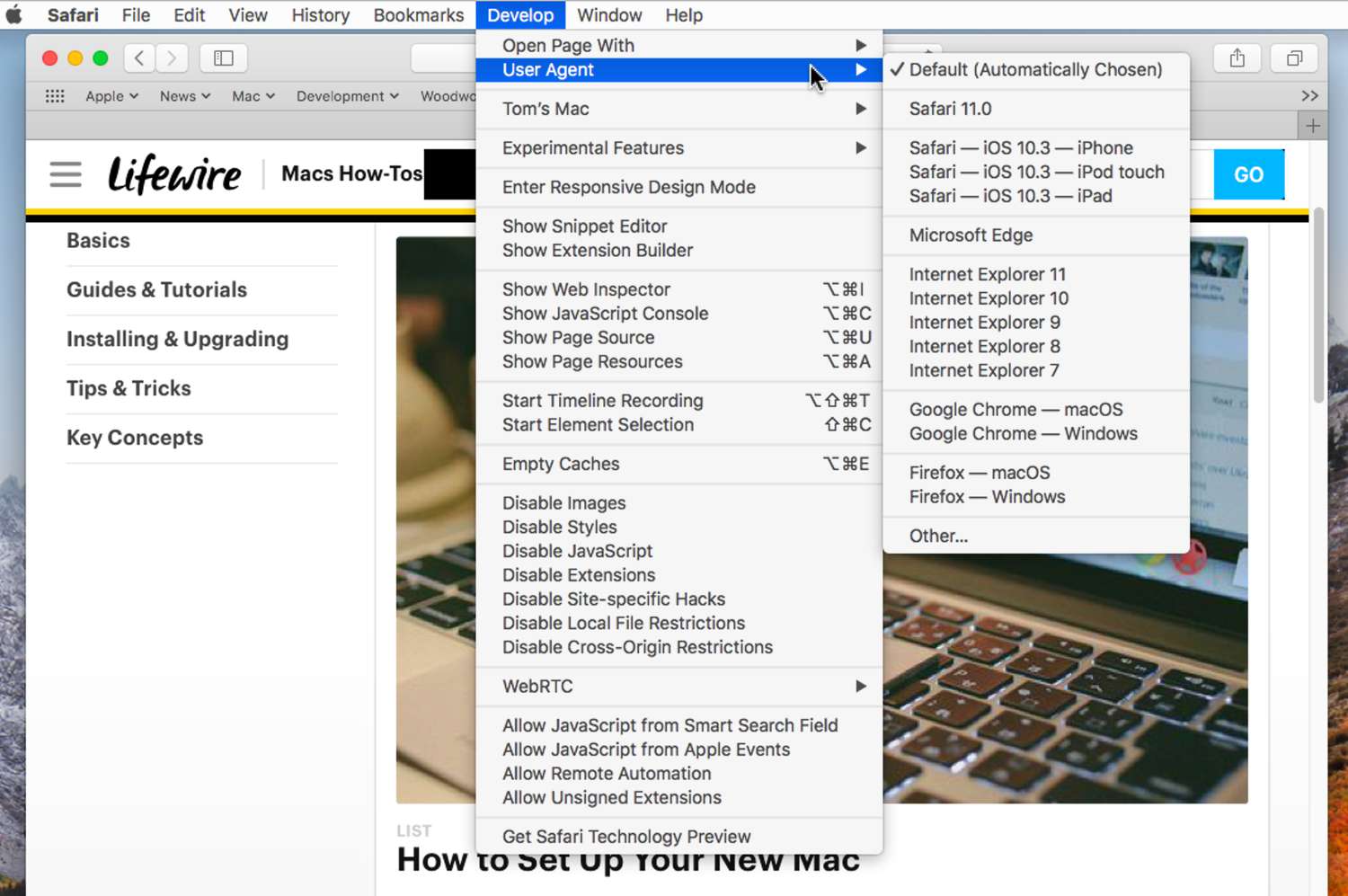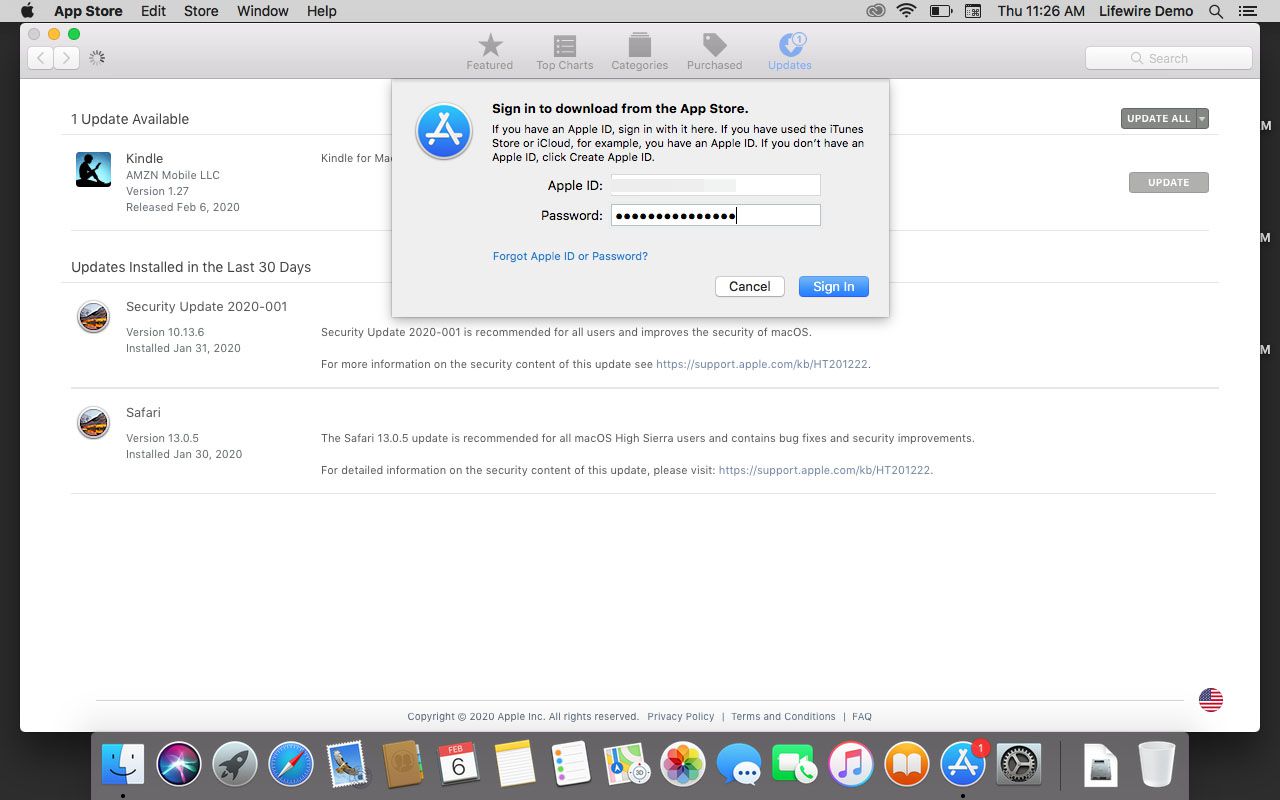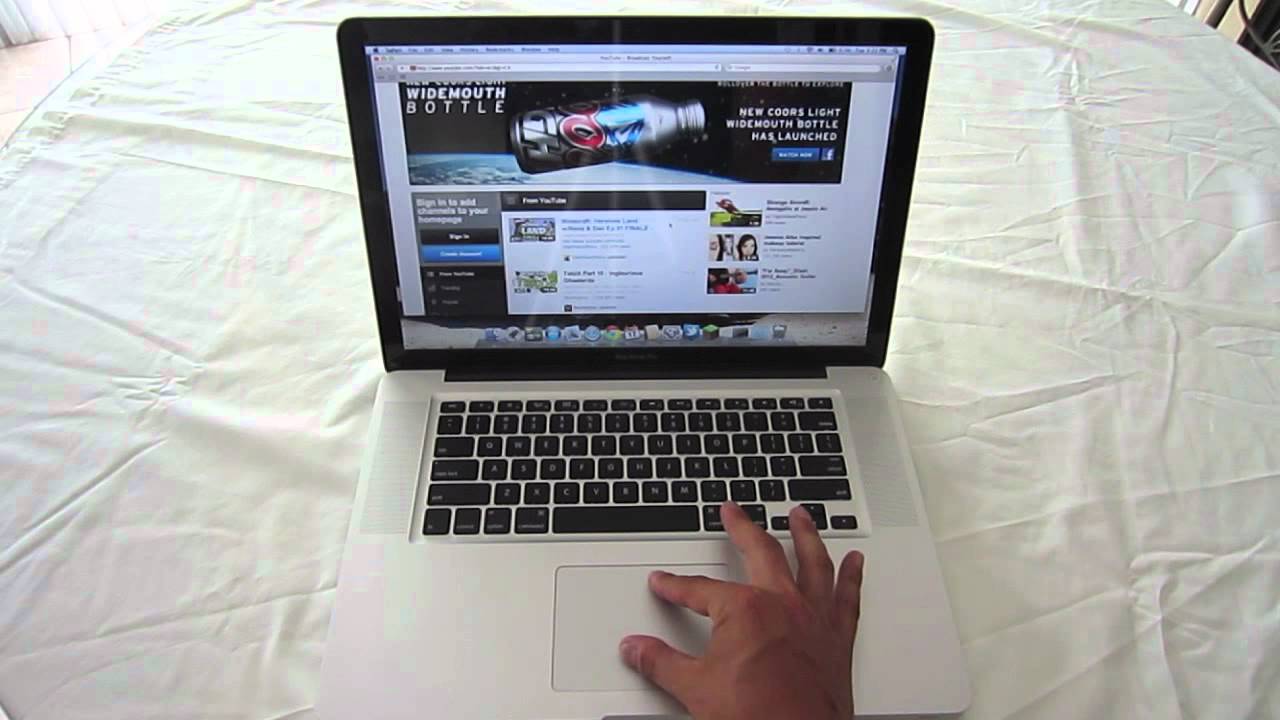Introduction
Removing Safari from your MacBook may seem like a daunting task, especially considering that it's a default browser that comes pre-installed on macOS. However, there are valid reasons why you might want to remove Safari. Perhaps you prefer using an alternative browser like Google Chrome or Mozilla Firefox, or maybe you're experiencing issues with Safari and want to perform a clean reinstall. Regardless of the reason, this guide will walk you through the step-by-step process of removing Safari from your MacBook.
Before we dive into the removal process, it's important to note that Safari is deeply integrated into the macOS system, and removing it completely may have implications on the functionality of other applications. Therefore, it's crucial to proceed with caution and consider the potential impact on your overall system performance.
In this comprehensive guide, we will explore various methods to remove Safari from your MacBook. We'll start by ensuring that Safari and all its associated processes are closed to prevent any conflicts during the removal process. Then, we'll delve into using Terminal to uninstall Safari, followed by utilizing a third-party uninstaller like AppCleaner to thoroughly remove any remaining files and preferences. Additionally, we'll discuss the option of manually deleting Safari files to ensure a clean removal.
By the end of this guide, you'll have a clear understanding of how to remove Safari from your MacBook, empowering you to make informed decisions about managing your system's applications and optimizing your browsing experience. Let's embark on this journey to streamline your MacBook's software environment and tailor it to your preferences.
Step 1: Close Safari and all its processes
Before initiating the process of removing Safari from your MacBook, it's essential to ensure that Safari and all its associated processes are completely closed. This step is crucial to prevent any potential conflicts or interruptions during the uninstallation process.
Here's how you can effectively close Safari and its processes:
-
Quit Safari: Begin by closing the Safari browser itself. If Safari is currently open, navigate to the "Safari" menu in the top-left corner of your screen and select "Quit Safari." Alternatively, you can use the keyboard shortcut Command + Q to swiftly exit the browser.
-
Activity Monitor: Open the Activity Monitor application, which can be found in the "Utilities" folder within the "Applications" directory. You can also use Spotlight Search (Command + Space) to quickly locate and open Activity Monitor. Once opened, search for any processes related to Safari. If you find any Safari processes running, select them and click on the "X" button in the top-left corner of the Activity Monitor window to force quit those processes.
-
Force Quit Applications: In some cases, Safari processes may persist even after attempting to quit the browser. To address this, you can use the "Force Quit Applications" window by pressing Command + Option + Esc. This will display a list of currently running applications, including any lingering Safari processes. Select the Safari processes and click "Force Quit" to terminate them.
By ensuring that Safari and all its associated processes are completely closed, you create a stable environment for the subsequent steps of uninstalling Safari from your MacBook. This proactive approach minimizes the likelihood of encountering conflicts or errors during the removal process, ultimately contributing to a smoother and more effective uninstallation experience.
With Safari and its processes successfully closed, you're now ready to proceed to the next step of uninstalling Safari from your MacBook, which involves using Terminal to initiate the removal process. This meticulous approach sets the stage for a seamless and thorough removal of Safari, aligning with your goal of optimizing your MacBook's software environment to suit your preferences.
Step 2: Uninstall Safari using Terminal
Uninstalling Safari using Terminal provides a direct and efficient method to remove the browser from your MacBook. This approach leverages the command-line interface to execute precise instructions for uninstalling Safari, ensuring a thorough removal process. It's important to note that using Terminal requires careful attention to commands and their implications, as it directly interacts with the system's core components.
To uninstall Safari using Terminal, follow these steps:
-
Open Terminal: Launch the Terminal application, which can be found in the "Utilities" folder within the "Applications" directory. Alternatively, you can use Spotlight Search (Command + Space) to quickly locate and open Terminal.
-
Enter Uninstallation Command: In the Terminal window, input the following command to uninstall Safari:
sudo rm -rf /Applications/Safari.app
This command utilizes the "sudo" prefix to execute the removal with administrative privileges, ensuring that the necessary permissions are granted. The "rm" command is used to remove the specified file or directory, and the "-rf" flags indicate a forceful and recursive deletion, effectively removing Safari and its associated files.
-
Provide Administrator Password: Upon entering the command, Terminal will prompt you to enter your administrator password to authorize the removal process. This step is crucial to validate your administrative privileges and execute the uninstallation command.
-
Confirm Removal: After entering the administrator password, Terminal will proceed to execute the uninstallation command. Once the process is complete, Terminal will display a confirmation message, indicating that Safari has been successfully uninstalled from your MacBook.
Uninstalling Safari using Terminal offers a direct and precise approach to removing the browser, bypassing the need for complex graphical interfaces. This method ensures a comprehensive removal of Safari and its associated files, contributing to a streamlined software environment on your MacBook.
By leveraging Terminal to uninstall Safari, you gain a deeper understanding of the command-line interface and its capabilities, empowering you to perform advanced system management tasks with confidence. This method aligns with your goal of optimizing your MacBook's software environment, allowing you to tailor it to your preferences and streamline your browsing experience.
Step 3: Remove Safari using AppCleaner
Removing Safari using a dedicated uninstaller application such as AppCleaner offers a comprehensive and user-friendly approach to ensure the thorough removal of Safari and its associated files from your MacBook. AppCleaner simplifies the uninstallation process by systematically identifying and removing all remnants of the application, including preferences, caches, and support files, thereby contributing to a cleaner and more optimized software environment.
To remove Safari using AppCleaner, follow these steps:
-
Download and Install AppCleaner: Begin by downloading and installing the AppCleaner application on your MacBook. AppCleaner is a free utility that provides a straightforward interface for uninstalling applications and associated files. Once installed, launch the AppCleaner application to initiate the removal process.
-
Locate Safari in AppCleaner: Within the AppCleaner interface, you can search for Safari by entering its name in the search bar or browsing through the list of installed applications. Upon locating Safari in the application list, select it to proceed with the uninstallation process.
-
Review Identified Files: AppCleaner will display a list of files associated with Safari, including preferences, caches, and other related items. Take a moment to review the identified files to ensure that all relevant components of Safari are included for removal.
-
Initiate Uninstallation: Once you have reviewed the identified files, proceed to initiate the uninstallation process within AppCleaner. This action will prompt AppCleaner to systematically remove Safari and its associated files from your MacBook, ensuring a thorough and complete uninstallation.
-
Confirm Removal: After initiating the uninstallation, AppCleaner will request confirmation to proceed with the removal of Safari and its associated files. Confirm the action to allow AppCleaner to execute the uninstallation process.
-
Completion Confirmation: Upon successful completion of the uninstallation process, AppCleaner will display a confirmation message, indicating that Safari has been successfully removed from your MacBook. At this point, you can close the AppCleaner application, knowing that Safari and its remnants have been effectively eliminated from your system.
Removing Safari using AppCleaner streamlines the uninstallation process, providing a user-friendly and intuitive method to ensure a thorough removal of the browser and its associated files. By leveraging the capabilities of AppCleaner, you can confidently manage your applications and optimize your MacBook's software environment to align with your preferences and browsing needs.
Step 4: Delete Safari files manually
Manually deleting Safari files involves a meticulous approach to ensure the comprehensive removal of all remnants associated with the browser. While this method requires attention to detail, it offers a hands-on way to directly manage and eliminate specific files and folders related to Safari, contributing to a thorough cleanup of your MacBook's software environment.
Here's a detailed walkthrough of the process to delete Safari files manually:
-
Navigate to Applications Folder: Begin by accessing the "Applications" folder on your MacBook. You can do this by opening a new Finder window and selecting "Applications" from the sidebar. Locate the Safari application icon within the folder.
-
Move Safari to Trash: Once you've located the Safari application, drag the Safari icon to the Trash icon in the dock. Alternatively, you can right-click on the Safari icon and select "Move to Trash" from the contextual menu. This action removes the Safari application itself from your system.
-
Remove Safari Preferences: After moving the Safari application to the Trash, it's essential to address the associated preferences. Navigate to the following directory:
~/Library/Preferences/and look for any files related to Safari. Identify and select the Safari-specific preference files, then move them to the Trash. -
Delete Safari Support Files: Next, navigate to the following directory:
~/Library/Application Support/and search for any folders or files associated with Safari. Remove these items by dragging them to the Trash, ensuring that all Safari support files are thoroughly eliminated. -
Clear Safari Caches: Caches can accumulate over time and may impact the performance of the browser. To address this, navigate to the following directory:
~/Library/Caches/and locate any Safari-specific cache files. Delete these files to ensure a clean removal of Safari's cached data. -
Empty Trash: Once you have manually removed the Safari application, preferences, support files, and caches, it's crucial to empty the Trash to permanently delete these items from your MacBook. Right-click on the Trash icon in the dock and select "Empty Trash" to complete the removal process.
By manually deleting Safari files, you take a proactive approach to thoroughly removing all remnants associated with the browser, contributing to a streamlined and optimized software environment on your MacBook. This hands-on method allows you to directly manage and eliminate specific files and folders, empowering you to tailor your system to your preferences and browsing needs.
Conclusion
Congratulations! You have successfully navigated through the comprehensive process of removing Safari from your MacBook. By following the step-by-step guide, you have gained valuable insights into various methods for uninstalling Safari and ensuring a thorough cleanup of associated files and preferences. As you conclude this journey, it's essential to reflect on the significance of this endeavor and the impact it has on your MacBook's software environment.
The decision to remove Safari from your MacBook may stem from a variety of reasons, ranging from personal browsing preferences to the need for a fresh start with a clean installation. Regardless of the motive, your proactive approach to managing your system's applications and optimizing its performance is commendable. By taking the time to understand the intricacies of uninstalling Safari and leveraging different methods to achieve a comprehensive removal, you have demonstrated a commitment to tailoring your MacBook to align with your preferences and browsing habits.
As you bid farewell to Safari on your MacBook, it's important to acknowledge the broader implications of this process. Removing Safari not only streamlines your software environment but also empowers you to explore alternative browsers that may better suit your needs. Whether you opt for the speed and versatility of Google Chrome, the privacy-focused features of Mozilla Firefox, or the seamless integration with Apple devices offered by Safari's competitors, this transition marks a pivotal moment in customizing your browsing experience.
Furthermore, the meticulous approach to removing Safari and its associated files underscores your dedication to maintaining a clean and optimized system. By leveraging Terminal commands, utilizing uninstaller applications like AppCleaner, and manually addressing specific files and preferences, you have gained valuable insights into system management and optimization. This knowledge equips you with the confidence to navigate similar tasks in the future, empowering you to take proactive control of your MacBook's software environment.
In conclusion, the journey to remove Safari from your MacBook represents a proactive step towards tailoring your system to your preferences and optimizing your browsing experience. As you embrace the changes and explore new horizons with alternative browsers, remember that your ability to manage and customize your MacBook's software environment is a testament to your commitment to a seamless and personalized computing experience. With Safari bid adieu, you embark on a new chapter of exploration and customization, empowered by the knowledge and skills gained through this process.







